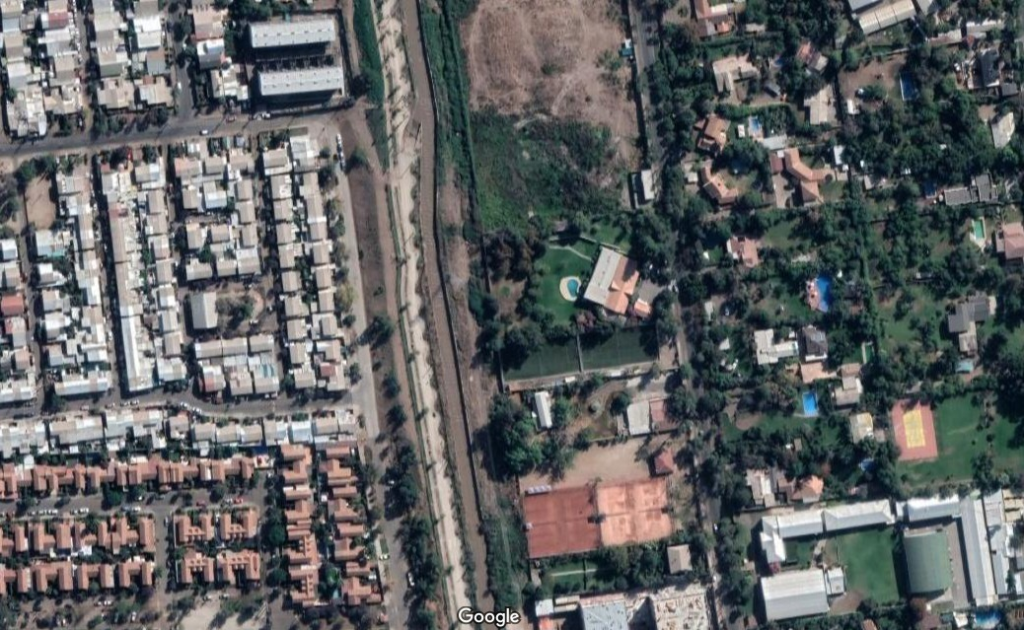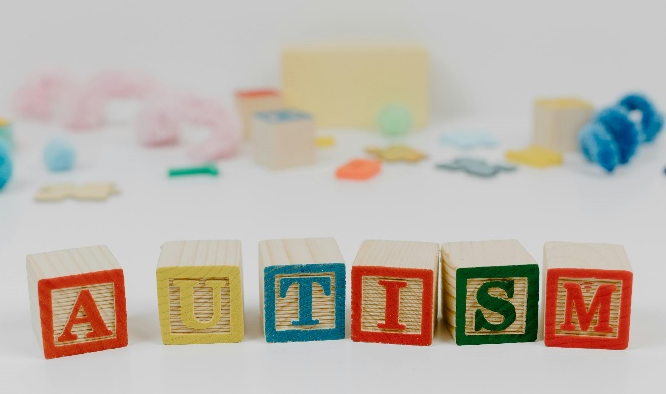City Know-hows

Target audience
Public health associations and the professional bodies for planners, landscape architects, architects and their members. National recreation and park associations and research communities for active living.
The problem
One of the most popular and intuitive ways to capture quality of life in cities is by evaluating “liveability.” Though exact definitions vary, many metrics treat active living as a core consideration for liveability.
Despite growing awareness about the importance of liveability and active living, there has been to our knowledge no attempt to identify the competencies necessary to participate in the development of liveable cities.
What we did and why
Participants were asked to provide a list of the skills they found most important to the development of liveable cities. Responses were synthesized into broader categories, and respondents were then asked to select up to five categories that they felt were most important. Results were compared to the competency requirements for program accreditation in the fields of Public Health, Urban Planning, Architecture, Landscape Architecture, and Parks and Recreation Administration.
This chart compares practitioners and researchers based on the frequency of their references to each skill. On the left, skills are ranked from top to bottom by frequency of references by practitioners. On the right, they are ranked by frequency of references by researchers. A line connects each skill’s placement on both sides, illustrating any relative gaps. Gaps are relative, not absolute. A higher placement on one side indicates more references than lower skills on the same side, not the opposite side. The pattern of each line reflects the overall frequency of reference for each skill.
Our study’s contribution
We provide a first look at what skills are most important for liveable city development plus;
Impacts for city policy and practice
It is vital to:
Always consider team processes and composition when forming teams. This means knowing what skills each discipline brings to the table.
Further information
The Developing Livable Cities initiative at the Prevention Research Center in St. Louis.
Twitter feeds:
Trailnet To lead in fostering healthy, active and vibrant communities where walking, bicycling and the use of public transit are a way of life.
Sam Fox School The Sam Fox School of Design & Visual Arts is an interdisciplinary school of architects, artists, & designers at Washington University
PRC in St. Louis The Prevention Research Center in St. Louis: Adapting, implementing, evaluating, and disseminating evidence-based interventions to prevent chronic disease.
Authors: Samuel Yang, Amy Eyler, Ross Brownson, Linda Samuels, Grace Kyung, Rodrigo Reis
Editor: Marcus Grant
Full research article:
Related posts

Residential segregation by socioeconomic status in Chilean cities is not well described by classical dimensions developed in USA in terms of race. We suggest that

The quality of life for autistic individuals is closely linked not only to societal attitudes and the level of support provided by local and national authorities but also to the spatial and formal aspects of their surrounding environment. A key question is: How can urban planners, architects, and decision-makers facilitate the creation of autism-friendly cities?

We used a case study approach to highlight potential radical health tools that could be embedded in research projects to enable us to understand more about how nature impacts health and wellbeing.